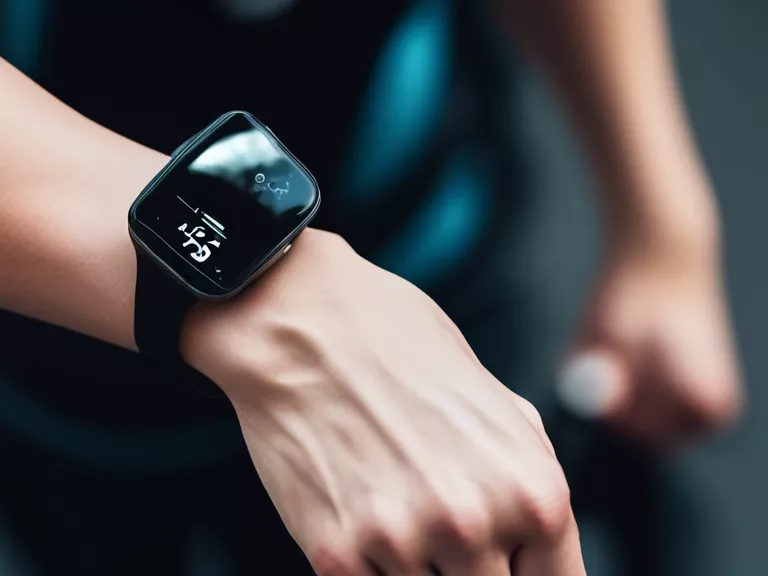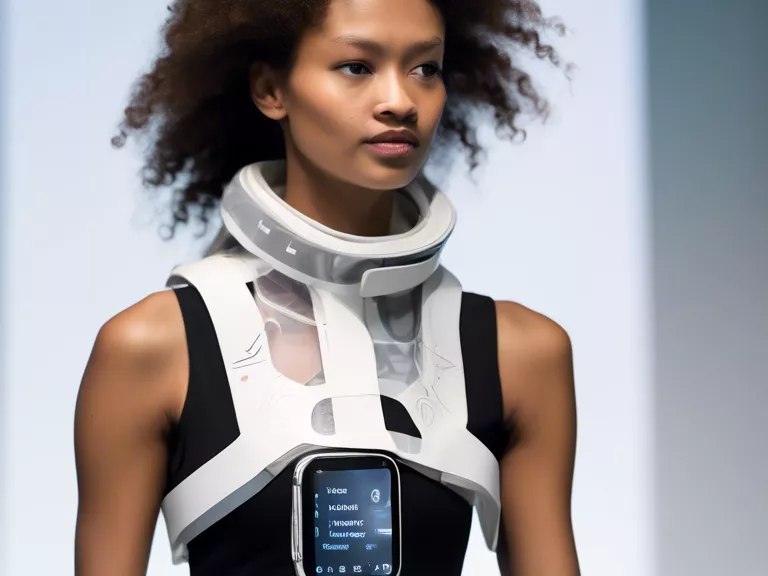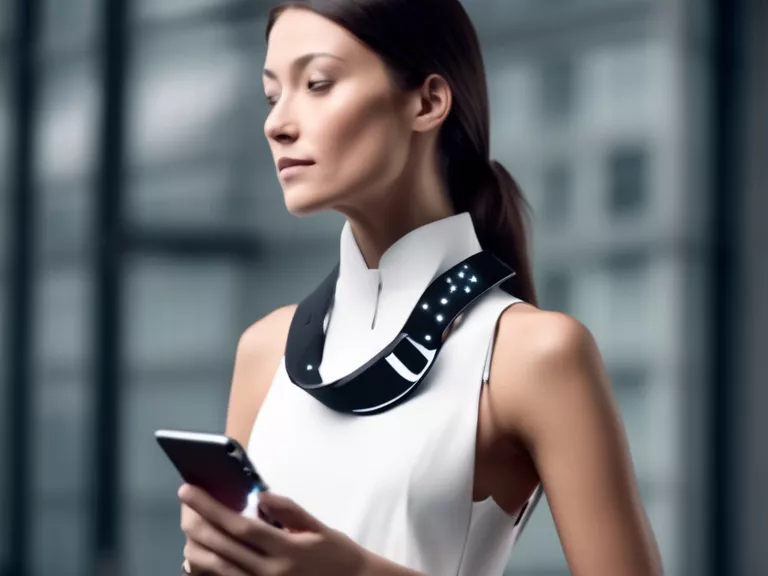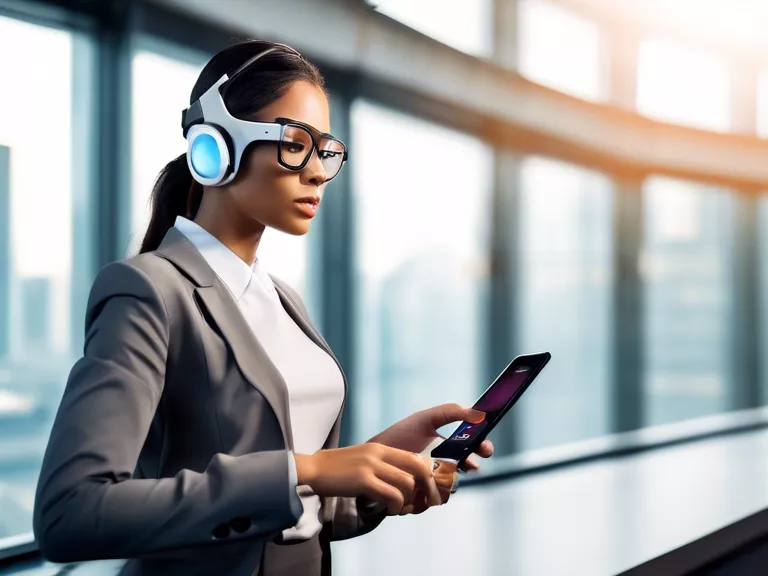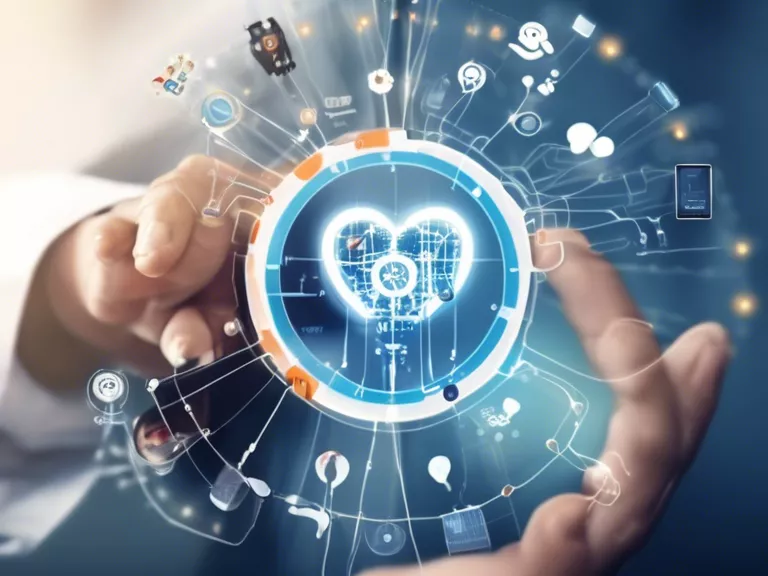
The Integration of Wearables with IoT Devices
With the rise of wearable technology and the Internet of Things (IoT), the integration of these two sectors is becoming increasingly common. Wearable devices like smartwatches, fitness trackers, and VR headsets are now able to communicate with other IoT devices such as smart home appliances, security systems, and even vehicles. This integration allows for seamless connectivity and data exchange between these devices, creating a more personalized and efficient user experience.
One of the main benefits of integrating wearables with IoT devices is the ability to streamline daily tasks and automate processes. For example, a smartwatch can be used to control the temperature in a smart home, while also tracking the user's health and fitness data. This data can then be used to adjust the home's temperature based on the user's activity levels, creating a more comfortable and energy-efficient environment.
Another advantage of this integration is the improved data collection and analysis capabilities. By combining data from wearable devices with IoT sensors, companies can gain deeper insights into user behavior and preferences. This information can be used to create more personalized experiences for customers, improve products and services, and drive business growth.
Furthermore, the integration of wearables with IoT devices has the potential to revolutionize healthcare and wellness industries. Wearable devices can monitor vital signs, track medication adherence, and provide real-time feedback to users and healthcare providers. When paired with IoT devices like remote monitoring systems and smart medical devices, wearables can help improve patient outcomes, reduce healthcare costs, and enhance overall quality of life.
Overall, the integration of wearables with IoT devices opens up a world of possibilities for enhancing daily life, improving efficiency, and transforming industries. As these technologies continue to evolve and become more interconnected, we can expect to see even more innovative applications and benefits in the future.
Glass of Win
Smile to Africa Adventure
Monika Brodka
USS Oriskany
Literati2
Penny Hardaway
Designed in Finland
Refiza
Dan Rodimer
Local Savage
ATW Traveler
Marcel Theroux
Kemble Gallery
Cronk's Oakridge
El Horizontal
Em Cada Pagina
Iroko Designs
La Fonda Mexican Restaurants
Layton Bio
Nanjing Expat
Richard YT
Righting Food
Shkodra Daily
Merabsp
pfoto rzd
Esculturasy Monumentos
Warren Indiana
Jintara Fan Club
fted cruz
Khamag Mongol
Military Art Company
beavtrav
Belum Lama
Blue Rooster Food Company
DJ Vibe
eugene the brand
hennypalooza.com
hillsideornamentals.com
Komik Gratis Online
matsunoyanotsuma.com
mix4max.com
sharingourfoodadventures.com
thebestbedlinenintheworld.com
thegrayandorange.com
toronto-restaurants.com
yamato-movie.com
Scoops Ice Cream Truck
Uncover Studios
Fc Lupopo
Toci Lamart
